
When it comes to women's equality, we tend to focus on historical victories and present-day battles. We search for answers in the past to solve riddles of the future, often forgetting how lucky we are today.
As The Huffington Post celebrates its ninth anniversary, we've decided to reflect upon the remarkable progress achieved in women's equality since 2005 -- the year Arianna and Co. launched this site.
Here are 10 ways American women's lives have changed for the better since 2005:
1. Women's access to quality health care has expanded.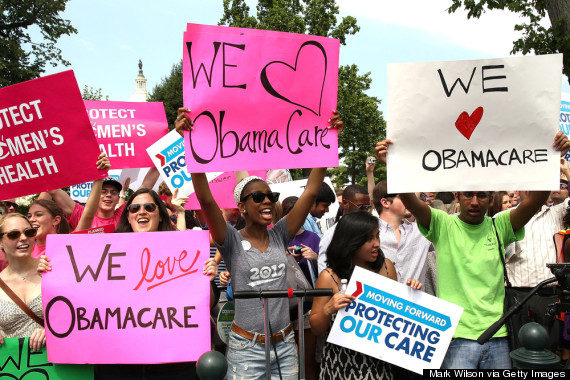
The passage of the Affordable Care Act in 2010 marked impressive gains in women's health. Insurers are now required to cover many "preventive services" particularly important to women, including birth control, mammograms, STI screenings and mental health support. The health care law is the first to protect against discrimination based on sex -- and more recently -- on gender identity. The law even requires most health insurance companies to provide breast pumps for new mothers.
In 2005, women required a prescription from a doctor to purchase emergency contraceptive. In 10 years, availability has progressed from over-the-counter access for women over 18 in 2009 to unrestricted access when the FDA lifted age restrictions in 2013.
2. Women's representation in Congress higher than it's ever been.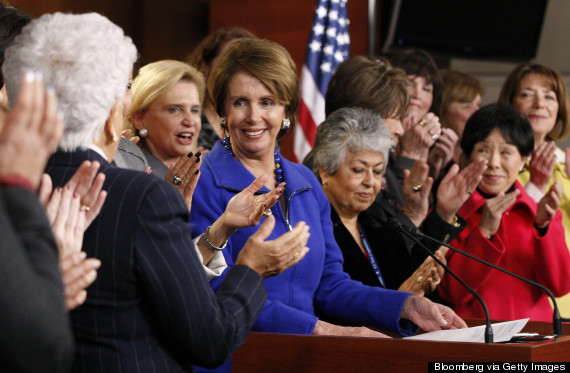
On the night of November 5, 2014, North Carolina Rep. Alma Adams became the 100th woman in the 113th Congress -- marking the first time in history that the number of women in Congress reached triple digits. The 2015 midterm elections resulted in the highest number of women serving in Congress ever. Utah Senator Mia Love became the first African American woman Republican elected to Congress.
The number of women in the House and Senate rose from 81 in 2005 to 104 in 2015, an increase from 15.1 percent of seats to an all-time high of 19.4 percent. Despite slow growth in Congress, a decade has done a lot for women at the highest levels of government: Condoleeza Rice became the first woman appointed to Secretary of State in 2005 (succeeded by Hillary Clinton in 2009), and Nancy Pelosi became the first female Speaker of the House of Representatives in 2007. And HIllary Clinton is probably going to become president.
3. The FBI codified a more inclusive definition of rape.
As the definition stood in 2005, only the "the carnal knowledge of a female, forcibly and against her will” amounted to "rape" according to the law. The narrow, outdated definition meant a lack of uniformity among law enforcement and made countless victims reluctant to report their assaults. As of 2013, the definition acknowledges that men can be raped and the possibility that victims can be coerced into sexual behavior without physical force.
Notably, the new definition recognizes that rape is rape even if the victim doesn't, or can't, say no. The FBI's definition now officially "includes instances in which the victim is incapable of giving consent" for whatever reason.
4. The Supreme Court struck down the Defense Of Marriage Act, same-sex marriage is legal in 37 states, and the constitutional protection of same-sex marriage is on the horizon. 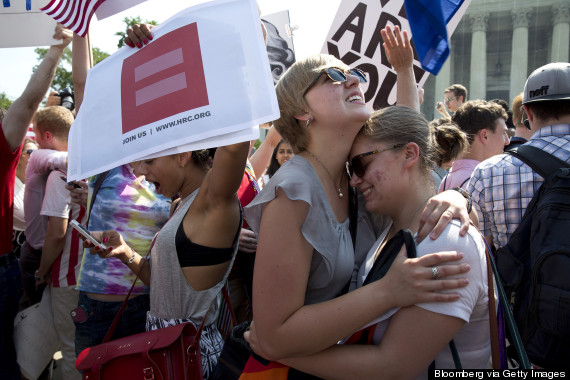
In 2005, activists and allies were trying to chip away at a 1996 law enacted to prohibit federal recognition of same-sex marriages. In 2013, it finally came tumbling down: In Windsor v. United States, the Supreme Court declared section 3 of the Defense Of Marriage Act unconstitutional. In states where same-sex marriages are recognized, women who marry women now receive the 1,100 protections of marriage formerly denied to them.
As of 2015, 37 states protect the right of same-sex couples to marry. This week, the Court began considering whether the Constitution guarantees the right of gay and lesbian Americans to marry. If the Justices rule in favor of same-sex couples -- as they are widely expected to -- the decision would overturn state bans on same-sex marriage and require any marriage in any state to be recognized by another.
5. Women's equality in the workplace has improved -- along with their ability to fight for it.
President Obama signed the Lilly Ledbetter Fair Pay Restoration Act in 2009, which allows women to file equal pay lawsuits agains their employers up to six months after receiving their last paycheck. Prior to 2007, women had to allege pay discrimination within six months of their first paycheck. By allowing female employers more time to acknowledge sex discrimination, confirm it and build a legal case, the Lilly Ledbetter Act should discourage employers from sneakily underpaying women for the same work. Just this week, Francine Katz made headlines for stepping up to Anheuser-Busch, who she alleges paid her considerably less than her male colleagues over her 20-year career.
In 2005, women who were treated poorly by their employer after coming forward about a sexual harassment situation -- or supporting a colleague who did so -- had little ability to take legal action. Today, that sort of treatment is illegal. A 2006 Supreme Court case affirmed that a woman did not need to be explicitly fired after making a sexual harassment claim to legally accuse her employer of retaliating against her. Now, any "adverse employment decision or treatment" that could dissuade women (and men) from bringing or supporting a sexual harassment claim is grounds for legal action.
In March, Ellen Pao sued her former employer, a venture capital firm, for gender discrimination. The case was a national story, demonstrating to a mass audience that an employer firing an employee for any reason related to her gender is illegal. The jury ruled in favor of Pao's employer, but the case shed a harsh light on the dark corners of sexism and how it manifests.
6. Media and entertainment began to tell our stories more frequently -- and affirm the women behind-the-scenes who do so. 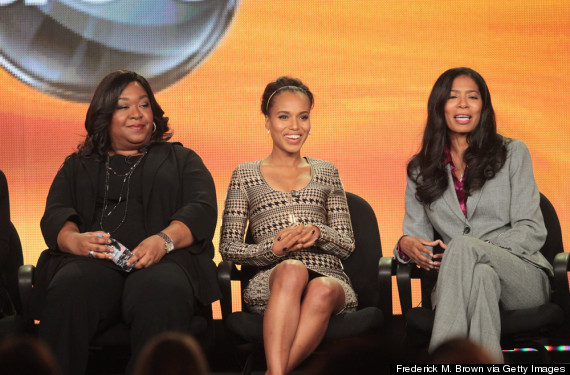
In 2011, "Bridesmaids" passed the Bechdel Test with flying colors and also made a ton of money, reminding the movie mogul boy's club that women want to see really great movies -- and can also write them. In 2009, Kathryn Bigelow became the first woman to win the Best Director category of the Academy Awards. When it comes to the small screen, women have stepped out from sitcom ensembles throughout the past nine years to stand front and center in critically acclaimed series like "30 Rock," "Parks and Recreation," "Homeland," "Girls," "Orange Is The New Black," "Scandal," Veep" and "Grey's Anatomy." Many of these series were also created by women.
7. Women can fight on the front lines of combat. 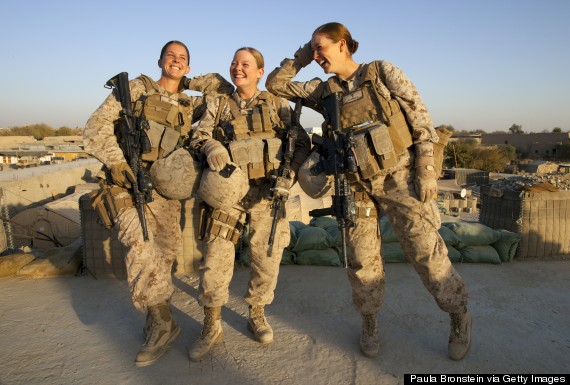
The U.S. lifted its ban on women serving in combat roles in January of 2013. "The time has come to rescind the direct combat exclusion rule for women and to eliminate all unnecessary gender-based barriers to service,” wrote Martin E. Dempsey, the chairman of the Joint Chiefs of Staff in a letter to Defense Secretary Leon E. Panetta. Between two protracted conflicts in Iraq and Afghanistan, many women were effectively serving in combat in 2005. Today, they receive the recognition and support they deserve.
8. Young, single women caught up to their male peers in large cities -- and then some.
As of 2010, young, urban, childless women in their 20s make on average 8 percent more money than men in the same demographic. In New York City, Los Angeles and San Diego, women's lead hovers around 15 percent. Analysts attribute the "reverse pay gap" to education: for every three women earning a college or higher degree, only two men have earned the same qualifications. In cities with knowledge-based industries where education is key, women have fared pretty well since 2005.
Women's influence extends beyond purchasing power -- in 2008 and 2012, women made up 53 percent of the voting bloc -- effectively choosing the president in 2012.
9. We see more and more women at the top of their fields, actively paving the way for the next generation. 
Women currently hold 4.8 percent of CEO positions for Fortune 1000 companies. That's 47 women occupying the top position at the world's top companies -- up from just 29 in 2005. While these numbers are rising slowly, the increased visibility of women in business, tech and media since 2005 is impressive. As Sheryl Sandberg -- herself a bellwether in her field -- says: "You can't be what you can't see." With Marissa Mayer leading a massive corporation, Jill Abramson at the top of the New York Times masthead and a woman poised to be history's most highly anticipated presidential candidate, there certainly has been movement for the better since 2005.

